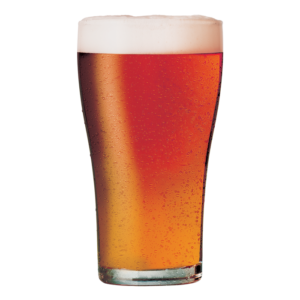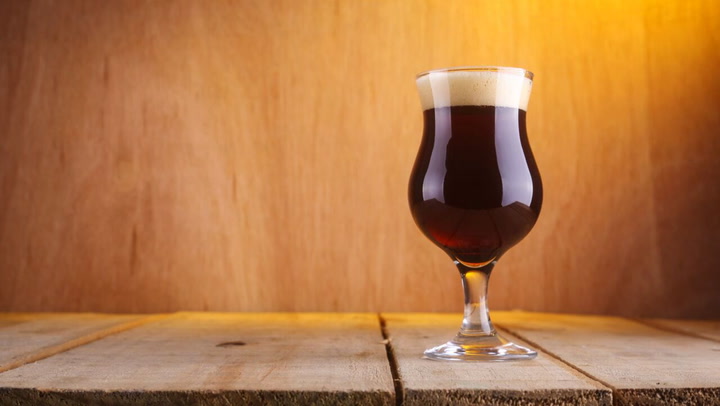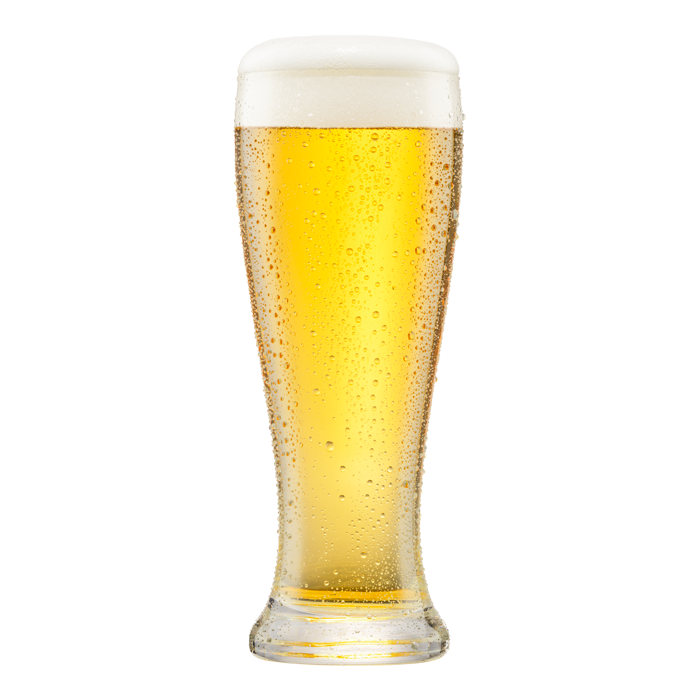For homebrewers and craft beer enthusiasts, creating your own IPA at home can be an exciting and rewarding experience. Cog Work IPA, a West Coast-style IPA, promises a rich, hop-forward profile that’s both refreshing and complex. This style emphasizes strong bitterness, balanced with the right blend of malts and hops, delivering the crisp, clean finish that West Coast IPAs are famous for. In this article, we will dive deep into how you can brew your own Cog Work IPA with detailed steps and expert tips.
What is a West Coast IPA?
A West Coast IPA is a subtype of American IPAs that stands out for its bold, hoppy bitterness, often featuring notes of citrus, pine, and resin. This style tends to have minimal malt sweetness, allowing the hops to take center stage. Unlike the hazy, juicy versions of New England IPAs, West Coast IPAs are clear and typically exhibit a higher level of bitterness (measured by International Bitterness Units, or IBUs).
Key Ingredients for Cog Work IPA
- Base Malts: The foundation of any IPA lies in its malt bill. For a Cog Work IPA, start with pale 2-row malts, which offer a neutral base that lets the hops shine. You can add crystal malt for a touch of sweetness, or Munich malt for a bit more complexity.
- Hops: The hops are the star of the show in a West Coast IPA. For Cog Work IPA, you’ll want to use a blend of high-alpha hops like Columbus for bittering and varieties like Citra, Simcoe, and Mosaic for flavor and aroma. The combination delivers the citrusy, piney, and slightly tropical notes that define this IPA style.
- Bittering Hops: Columbus or Magnum (added at the start of the boil).
- Aroma Hops: Simcoe, Citra, and Mosaic (added towards the end of the boil and during dry hopping).
- Yeast: Use a clean American ale yeast strain like Wyeast 1056 or Safale US-05. These yeasts enhance hop aromas and flavors without contributing too much estery or phenolic off-flavors. You’ll want the yeast to work efficiently to keep the beer dry and crisp, allowing the hop profile to be the hero.
- Water: For a West Coast IPA, the water profile is crucial. Ideally, aim for water that favors sulfates over chlorides, as this will accentuate the sharp bitterness of the hops. A sulfate-to-chloride ratio of around 3:1 is often recommended for this style.
Brewing Instructions
Step 1: Mash
Mash 12 to 14 pounds (5.4 to 6.3 kg) of pale malt at 152°F (67°C) for about 60 minutes. This temperature ensures a balance between fermentable sugars and dextrins, giving the beer body without being too sweet. You can include 1-2 pounds (450-900 g) of crystal malt for a slight caramel flavor.
Step 2: Boil
Boil the wort for 60 minutes. At the start of the boil, add Columbus or Magnum hops to create the bitterness Cog Work IPA is known for. With 20 minutes left, start adding the aroma hops (Simcoe, Mosaic, Citra). You’ll add more hops in the final 5 minutes and during the whirlpool stage for maximum aroma extraction.
Step 3: Cool and Ferment
Once the boil is complete, chill the wort quickly to around 68°F (20°C) using a wort chiller. Transfer the cooled wort to a sanitized fermenter, then pitch your yeast. Ferment at 68°F for 7-10 days, making sure to dry-hop with additional Citra and Mosaic hops in the final 3-5 days of fermentation to boost those hop aromas.
Step 4: Carbonation and Packaging
After fermentation is complete, package the beer either by bottling or kegging. If bottling, add priming sugar to carbonate the beer naturally. Aim for a carbonation level of around 2.4-2.6 volumes of CO2. For kegging, force carbonate to the same level.
Tasting Notes
- Appearance: Expect a crystal-clear, golden to amber beer with moderate carbonation and a frothy white head.
- Aroma: The hops deliver a punch of citrus zest, tropical fruits like mango and passionfruit, pine resin, and floral notes.
- Flavor: On the palate, you’ll experience bold bitterness upfront, followed by flavors of grapefruit, pine, and slight hints of tropical fruit. The malt backbone provides just enough support to balance the bitterness, leading to a dry, clean finish.
- Mouthfeel: Medium-bodied, with moderate carbonation, the Cog Work IPA leaves a lingering bitterness that encourages another sip.
Tips for Success
- Hop Utilization: Ensure you get the most out of your hops by using fresh, high-quality hops stored in a cool, dark place. Late additions of hops, particularly in the last 5 minutes of the boil, as well as dry hopping, are crucial to extracting the maximum aroma and flavor from your hops.
- Water Treatment: Don’t neglect your water profile. Using water low in bicarbonate and higher in sulfates will emphasize the crisp, clean bitterness of the West Coast IPA style.
- Patience During Fermentation: Give your beer enough time to ferment properly. Rushing the process can result in off-flavors or incomplete fermentation. Make sure to monitor your gravity readings to ensure fermentation is complete before bottling.
Final Thoughts
Crafting a Cog Work IPA allows you to experience the full potential of the West Coast IPA style. With a solid malt backbone, assertive bitterness, and complex hop aromas, this beer is a favorite for hop lovers. Whether you’re brewing for yourself or sharing with friends, the Cog Work IPA delivers a refreshing and satisfying brew that perfectly exemplifies the hoppy West Coast tradition. Cheers to great brewing!


